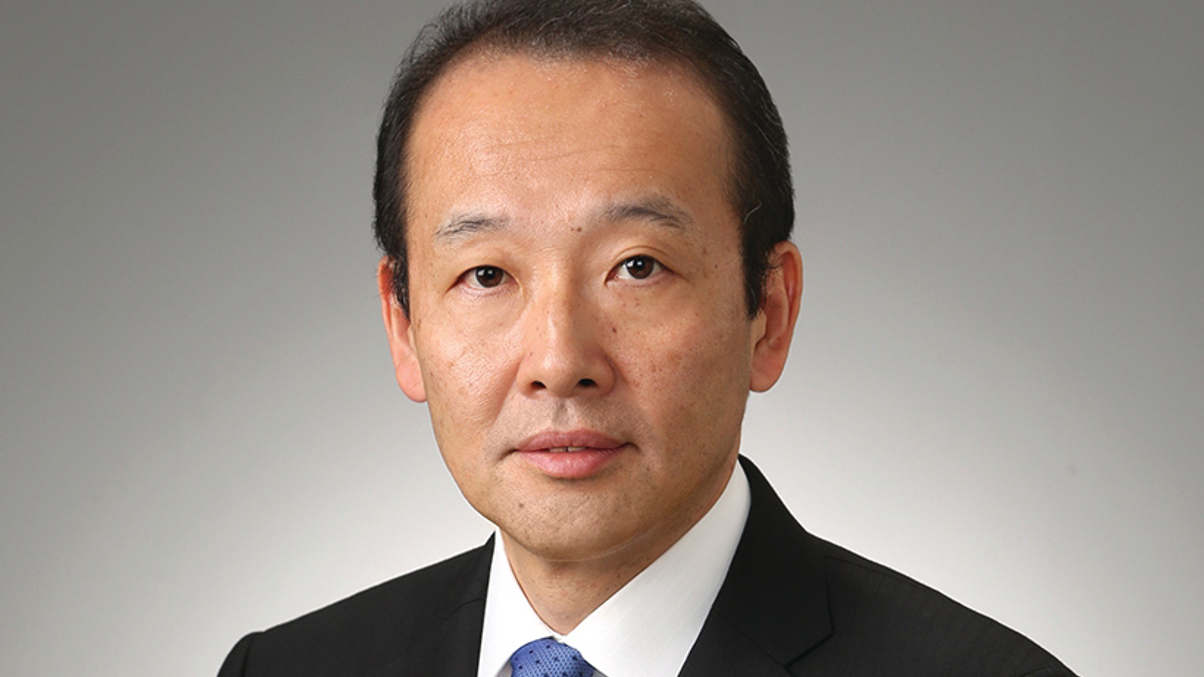Japanese PE fundraising on the slow track
While money has rushed into Japan’s public markets, investors are taking a more cautious stance towards private equity funds, leaving some struggling to raise capital.

Formerly a popular destination for large buyout deals in Asia, Japan was the focus of an anticipated PE revival with the onset of Abenomics.
Sign in to read on!
Registered users get 2 free articles in 30 days.
Subscribers have full unlimited access to AsianInvestor
Not signed up? New users get 2 free articles per month, plus a 7-day unlimited free trial.
¬ Haymarket Media Limited. All rights reserved.


